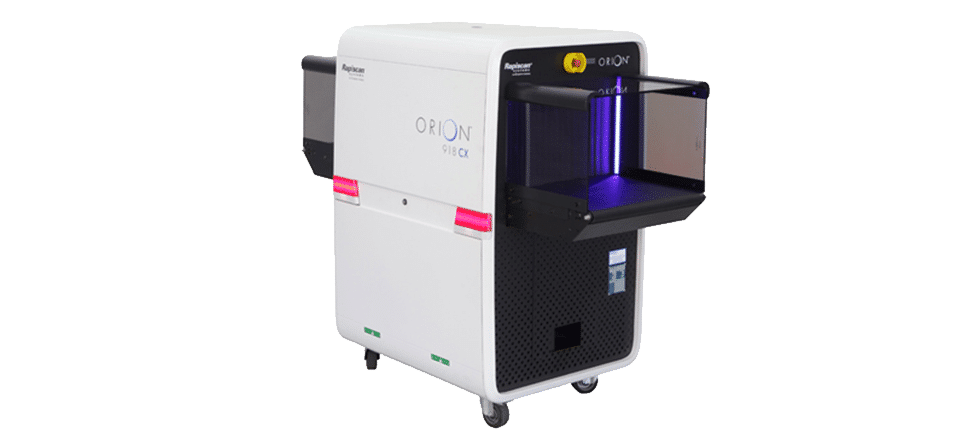Airport security is a major concern for many people who travel through airports or on aeroplanes, but did you know that this is not a actually a modern-world problem? In fact, the first documented case of airport security was in the 1920s when officials would inspect hand luggage to make sure that passengers weren’t carrying bombs.

The most recent infamous case of aeroplane terrorism, or at least the one that springs to mind first for people, is the 9/11 terrorist attacks on the 11th September 2001. This attack killed almost 3000 people and continues today to claim the lives of people who were there, due to related health problems. 19 militants from al Qaeda – the Islamic extremist group – hijacked four airplanes and carried out suicide attacks against targets in America. Two of the planes were flown into the twin towers of the World Trade Centre in New York, a third plane was flown into the Pentagon in Arlington, Virginia (near to Washington, D.C.), and a fourth plane crashed in a field in Shanksville, Pennsylvania, probably ultimately due to an attempt by the passengers and crew to regain control of it.
Anyone who remembers travelling through an airport before September 2001, and again afterwards, will tell you that this was the event that changed really the experience. Suddenly security was strict, and restrictions on what you could carry were uncompromising. The role of airport security was suddenly in the spotlight.
The ultimate goal of airport security is to identify potential threats and keep them out of the airport so in 1985, a new form of security was introduced, which was the metal detector. The technology was now more easily available and airports were experiencing an increase in terrorist attacks and hijacking attempts. In American, it became mandatory for all passengers to go through a metal detector before boarding their flight in 1987 and it has not changed since then. However, even earlier than that, in 1974, the Air Transportation Security Act sanctioned the FAA’s universal screening rule, forcing United States airports to adopt X-ray inspection systems for carry-on bags. X-ray baggage scanners are one of the most common security x ray scanner solution in airports and other high-security areas. They are used to detect any potential threat, such as explosives, in baggage and people. Hold baggage x-ray scanners are also used in airports to scan luggage that is placed on the belt for any potential threats. These scanners are usually large and stationary. Cargo x-ray scanners can be mobile or stationary and they scan cargo containers for any potential threats before they enter a country’s borders. Portable x-ray scanners can be used by security personnel at events to scan through bags of attendees or visitors for any potential threats. Each airport has a different set of requirements for scanning baggage including size, weight, and other factors like its destination airport or country. Some airports have more than one type of scanner installed at different locations in order to meet these requirements.
